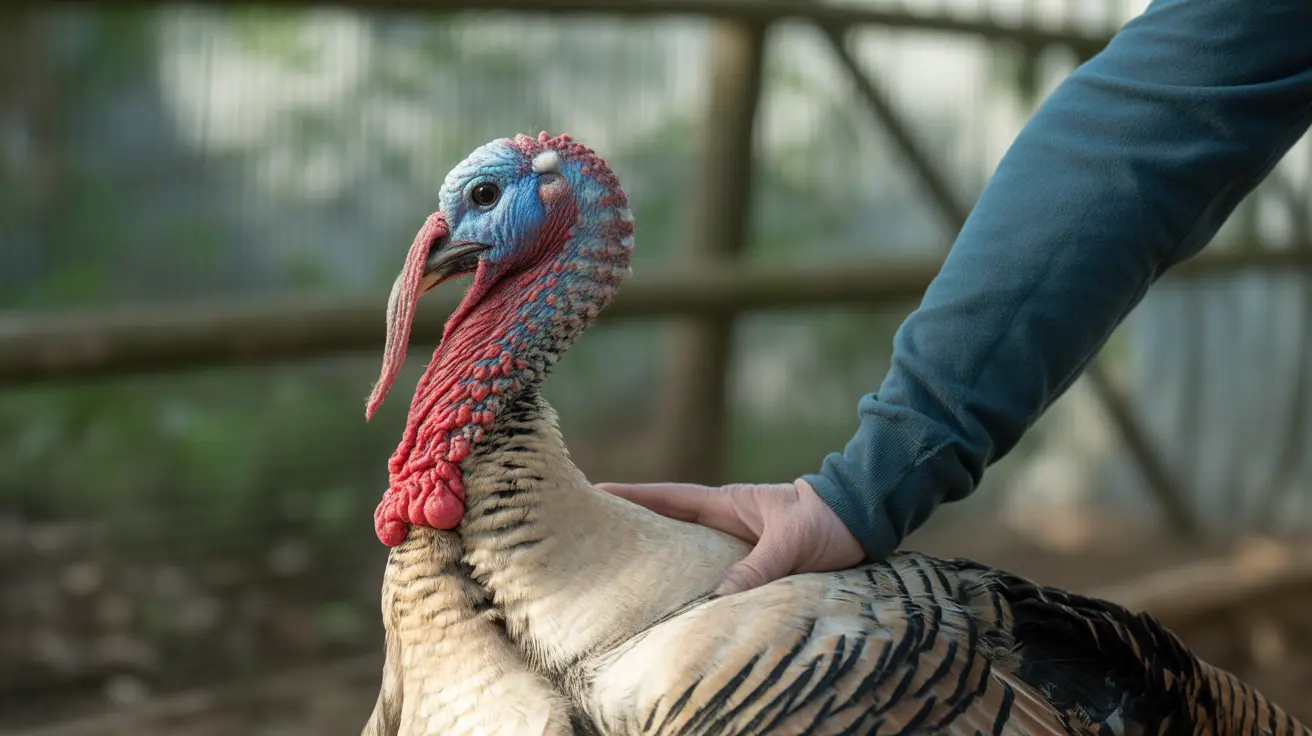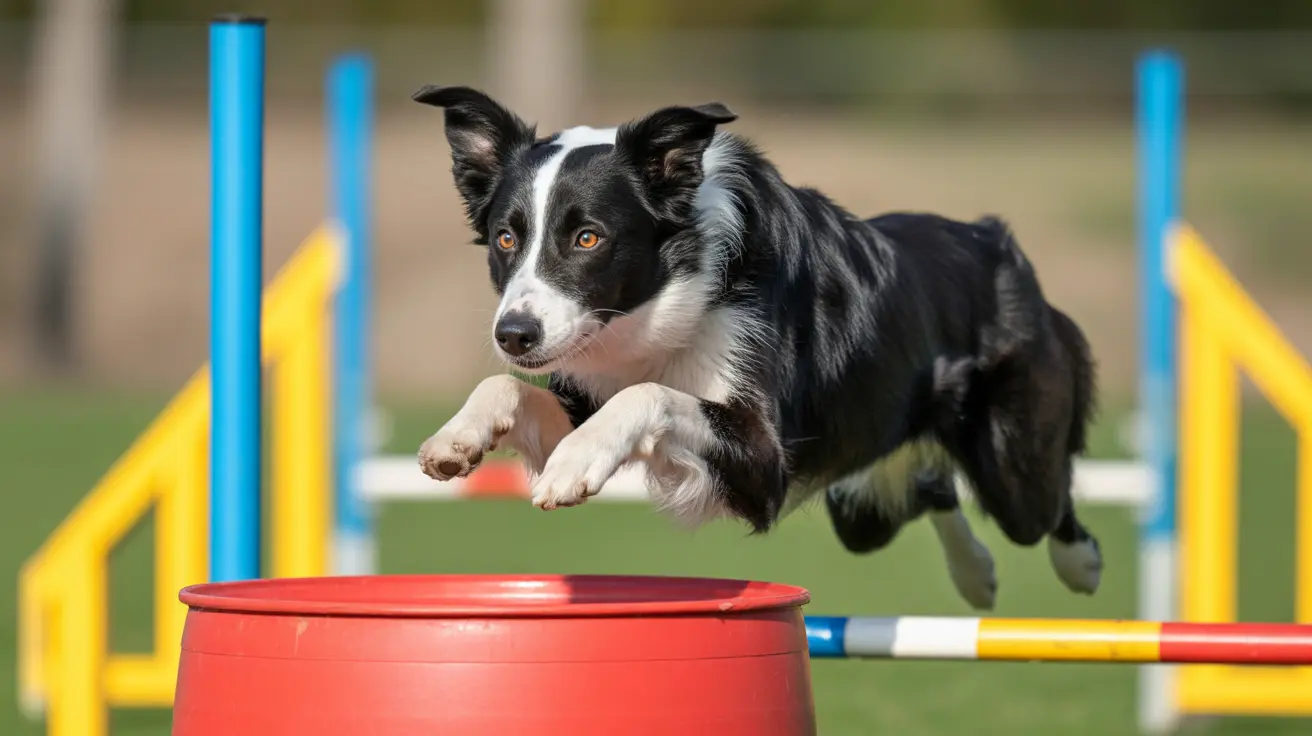Dog Breeds with Dew Claws: Function, Health, and Care
Dew claws are often overlooked parts of a dog's anatomy, but they play an important role in certain breeds. Nearly all dogs have front dew claws — the small claw located higher on the leg than the rest of the toes — but some breeds are notable for also having rear dew claws. Understanding which breeds have these features and what purpose they serve helps pet owners care for their canine companions more effectively.
What Are Dew Claws?
Dew claws are essentially the fifth digit on a dog's paw, anatomically similar to a human thumb (for the front legs) or big toe (for the rear). They are typically located higher on the leg and do not always make contact with the ground when walking or standing. There are two types of dew claws:
- Front dew claws: Usually attached by bone and ligaments; provide support and stability
- Rear dew claws: Often attached by skin only; less functional and more prone to injury
Functionality of Dew Claws
Front dew claws serve several important purposes:
- Provide traction and stability during running, especially at high speeds or on slippery surfaces
- Help stabilize the carpal (wrist) joint
- Assist in grasping objects or climbing
Rear dew claws, when present, are usually not functional unless they are connected by bone, which is less common.
Dog Breeds Known for Dew Claws
While front dew claws are common to all dog breeds, certain breeds are genetically predisposed to having single or double rear dew claws. These breeds include:
- Great Pyrenees
- Briard
- Beauceron
- Icelandic Sheepdog
- Anatolian Shepherd
- St. Bernard
In many of these breeds, the presence of rear dew claws is even a breed standard, and removal may disqualify the dog from showing competitions.
Genetic Factors
The presence of hind dew claws can be linked to a genetic condition known as hind-limb-specific preaxial polydactyly. This trait, often associated with the LMBR1 gene, can lead to the development of extra digits not commonly seen in wild canines.
Should Dew Claws Be Removed?
There has been ongoing debate about whether to remove dew claws. Here are some considerations:
- Front dew claws are usually functional and should be left unless they pose repeated medical issues
- Rear dew claws, especially those only attached by skin, may be candidates for removal to prevent injury
- Routine removal is not generally recommended unless there is a specific medical reason
Dew Claw Injuries and Health
Improper care or trauma to dew claws can lead to:
- Split or broken claws
- Infections
- Ingrown claws
If you notice signs of tenderness, swelling, or bleeding in the area of a dew claw, a veterinarian should assess the dog. Treatment may include trimming, antibiotics, or in severe cases, removal under sedation.
How to Maintain Dew Claws
Proper maintenance of your dog's dew claws helps avoid injuries and discomfort. Here's how to keep them healthy:
- Trim dew claws regularly, as they often don't wear down naturally
- Check for signs of overgrowth or infection
- Ensure cleanliness if your dog spends time outdoors
Why Some Dogs Don’t Have Dew Claws
In some dog breeds, particularly those shown in competitions, breeders elect to remove dew claws for cosmetic purposes. This procedure is typically done within days of birth and should always be performed by a veterinarian under anesthesia.
The Bottom Line
Dew claws, particularly front ones, play a valuable role in your dog’s mobility and comfort. While rear dew claws are common in certain breeds like the Great Pyrenees or Beauceron, their significance varies. Understanding their function, knowing which breeds are predisposed to them, and caring for them properly can help in promoting your dog’s overall paw health and comfort.





